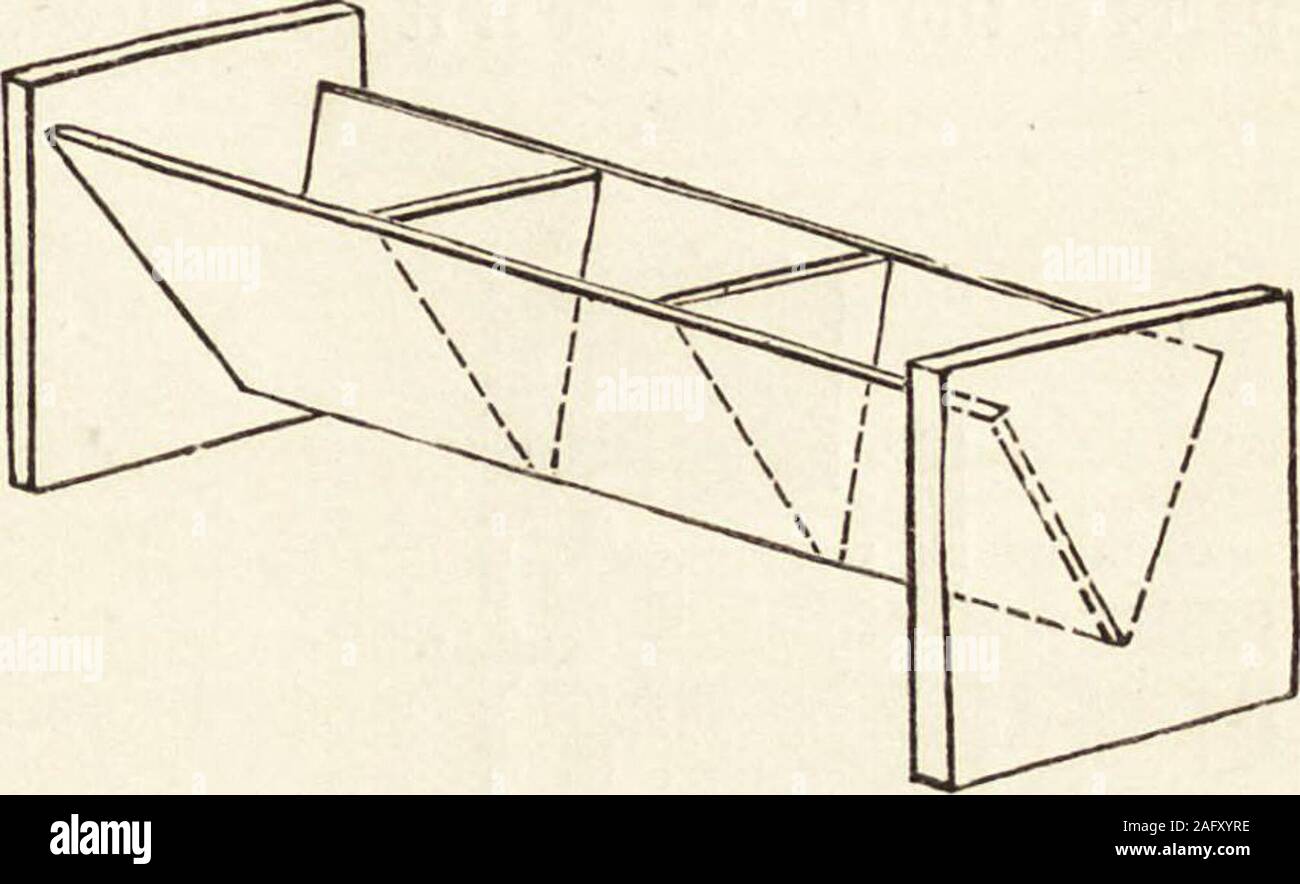. Optical projection : a treatise on the use of the lantern in exhibition and scientific demonstration. Fia. 157.—Rainbow Experiments —reaches the screen, an eye whose pupil was at that spot, orin its precise direction, would see blue from that particulardrop of rain represented by the bulb. 165. Variation in Dispersive Power.—This may be shown 1 This experiment cannot be performed with less than the lime-light; butIf any difficulty be found with that, it will be easily surmounted by using thefocussed parallel beam (p. 277) and the attachment described on p. 178. LIGHT: COLOUR 291. Fig. 158.—T

Image details
Contributor:
The Reading Room / Alamy Stock PhotoImage ID:
2AFXYREFile size:
7.2 MB (175.9 KB Compressed download)Releases:
Model - no | Property - noDo I need a release?Dimensions:
2022 x 1236 px | 34.2 x 20.9 cm | 13.5 x 8.2 inches | 150dpiMore information:
This image is a public domain image, which means either that copyright has expired in the image or the copyright holder has waived their copyright. Alamy charges you a fee for access to the high resolution copy of the image.
This image could have imperfections as it’s either historical or reportage.
. Optical projection : a treatise on the use of the lantern in exhibition and scientific demonstration. Fia. 157.—Rainbow Experiments —reaches the screen, an eye whose pupil was at that spot, orin its precise direction, would see blue from that particulardrop of rain represented by the bulb. 165. Variation in Dispersive Power.—This may be shown 1 This experiment cannot be performed with less than the lime-light; butIf any difficulty be found with that, it will be easily surmounted by using thefocussed parallel beam (p. 277) and the attachment described on p. 178. LIGHT: COLOUR 291. Fig. 158.—Trough prisms by what is called a polyprism, of glasses ranging from crownto. double-dense flint; but a cheaper and equally effectiveapparatus can be obtained of glass plates cemented togetheras in fig. 158, the outer strips, forming a V of about 60°, beingabout 6 inches long by 2 inches wide. They may be cemt ntedtogether with marine glue, in which case water, salt andwater, and sugar oflead and water, willgive considerabledifferences in disper-sion ; but by usingglue or isinglassmixed with bichro-mate of potash orchrome alum, andthen exposed wellto sunlight so as to become insoluble, they may be filledwith water, any medium solution, and carbon disulphide, ormonobromonaphthalene, which is equally dispersive and lessvolatile. 166. Achromatism, and Compound Prisms.—That refrac-tion and dispersion are not necessarily proportional, is veryreadily shown by a prism of dense flint glass, of an anglewhich exactly neutralises the colour produced by the troughof water, when its